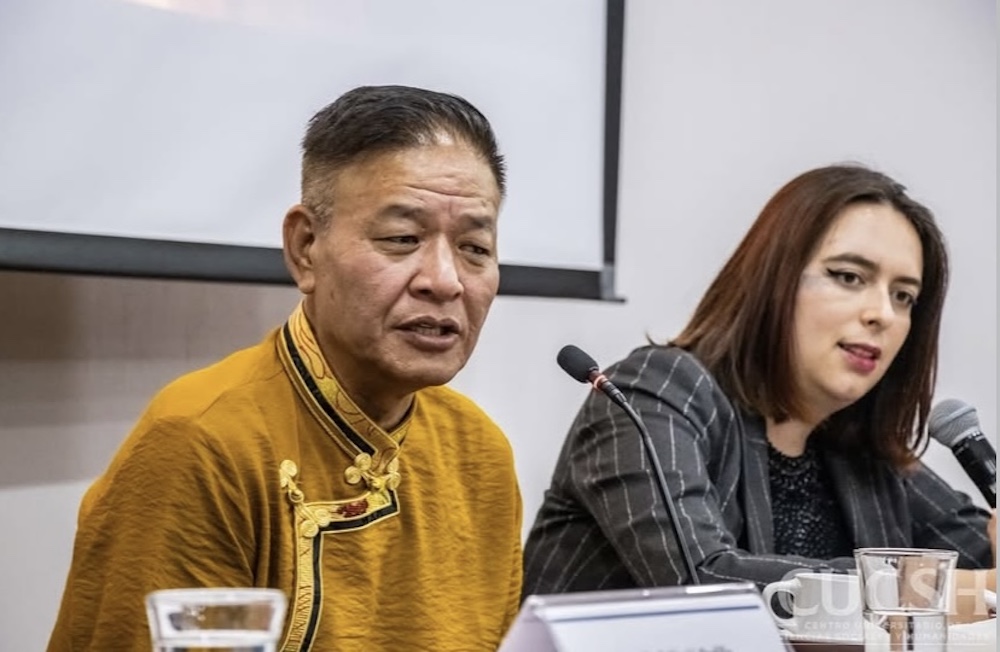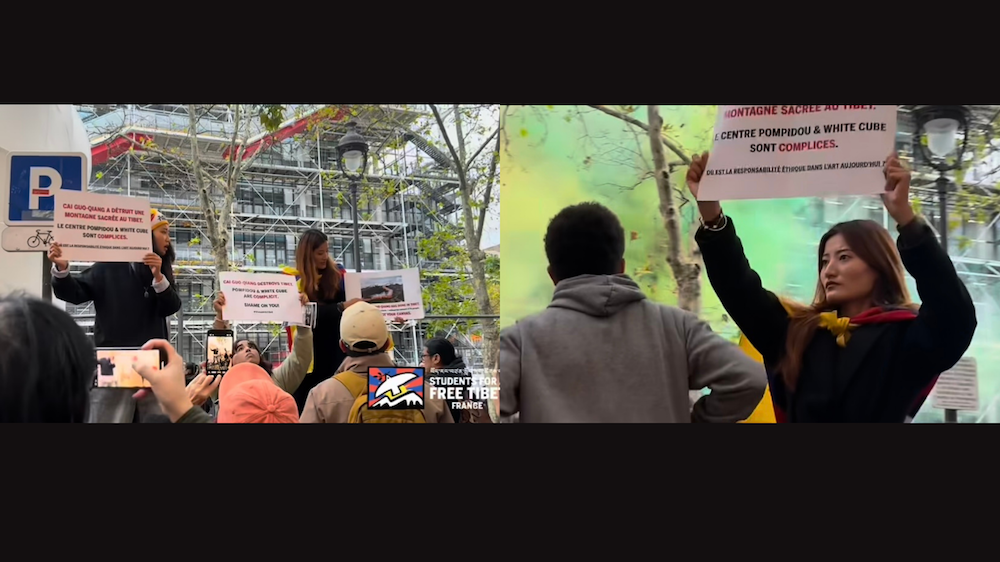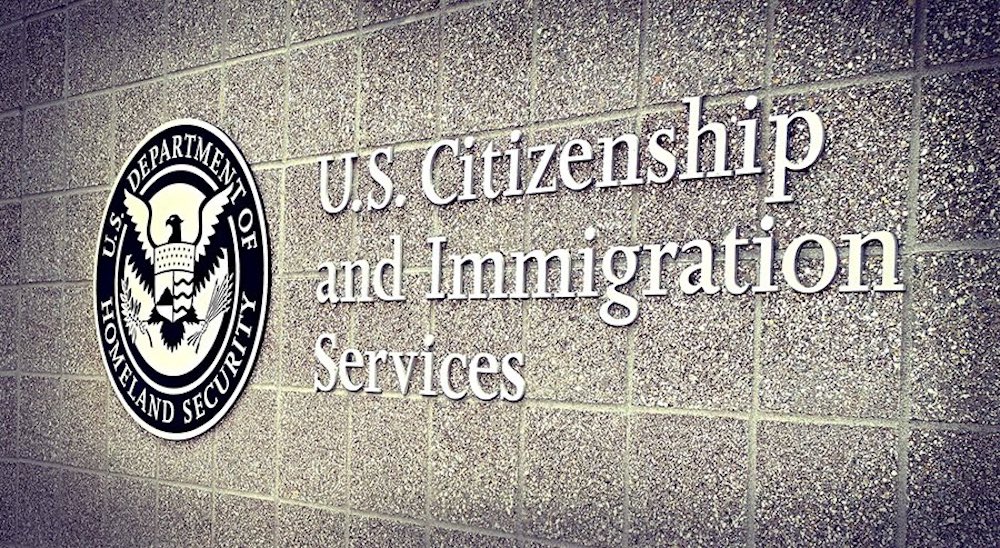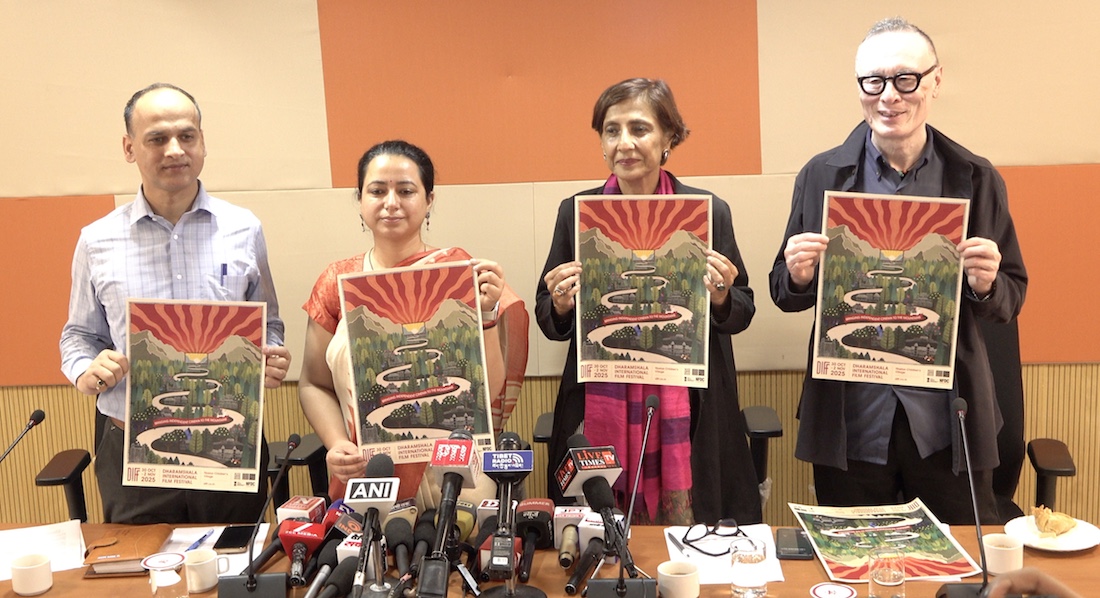 By Tom Vater
By Tom Vater
KATHMANDU – Dorjee Lama looks out over Bodhnath stupa, the spiritual center of the Tibetan Buddhist community in Nepal. Brilliantly lit snowcapped ridges float above the Kathmandu Valley. But Dorjee Lama does not look as far as the mountains. The monk’s deeply lined face is filled with both sorrow and anger.
“I fled Tibet seven years ago. I came into Nepal via the Everest region. That was a 25-day walk.” He turns away to the mountains and continues quietly: “I was lucky. I witnessed a lot of killings and beatings of Tibetans by the Chinese army.
I managed to get out. But I have not found freedom. I am trapped, without a country.”
His childhood friend Tenzing Lama has been in Nepal for 12 years. The 40-year-old has just recently left a monastery after seven years in meditative silence. His round melancholy face appears to be searching for even the slightest reason to smile and relax.
“It’s a daily struggle for the Tibetans to maintain a sense of normal life here, as a monk or otherwise. The Nepali people are nice but we have many problems with the authorities, as well as the Maoist rebels in the countryside. Right now, there is little hope for Tibetans in Nepal.”
In the square below, Tibetan refugees, almost all of them new arrivals who have crossed the Himalayas on foot and in search of freedom, circumambulate the giant stupa and turn hundreds of prayer wheels built into the outside wall of the monument.
The Tibetan community of Bodhnath on the outskirts of Kathmandu has been a way station for tens of thousands of refugees on their way to Dharamshala in northern India, the seat of the Tibetan government in exile and home to the Dalai Lama.
But many have stayed to make a life in Nepal since they fled the beginning of the Chinese occupation more than 40 years ago. Now, with a large-scale Maoist insurgency in the country that has vowed to get rid of the monks, the monasteries and the refugees, the future looks bleaker than ever.
“My father has been a monk for 40 years. But he has spent the last 20 years in a jail in Lhasa.”
Tenzing flashes an embarrassed golden-toothed grin. “We have seen many killings, in the street, in broad daylight. While [Chinese leader] Mao Zedong was still alive, it was unbearable. Since then, things are a little better.”
Dorjee Lama interjects sharply: “Better? Lhasa is full of Chinese people, the Tibetan buildings are all destroyed, the monasteries closed, 5,000 refugees still arrive here every year, all of them walking from Tibet to Nepal.”
But Tenzing is upbeat. “No matter if everything is destroyed. It’s our country and one day we will go back. We can rebuild. We buried some of our cultural heritage when the Chinese arrived in 1959. We will dig it up again one day.”
Bells and Tibetan chants drift up from the stupa square. A small passenger plane swoops in low above Bodhnath before turning in a wide circle towards the nearby airport. Below, a group of package tourists, an increasingly rare sight since the breakdown of a ceasefire between rebels and government in August, is making its way around the giant monument.
Dorjee Lama shakes his head at the commotion. “This is not our home. We have no home. We are all refugees and the world looks down on us. Even some rich Tibetans, who have moved to the West, look down on us. The West looks down on us.”
Given the tireless campaigning of the Dalai Lama, the enormous worldwide interest in Buddhism, and the publicity generated by the likes of Richard Gere, John Cleese and the Beastie Boys, this seems surprising.
The 38-year old monk explains: “People in the West know about the plight of the Tibetans. The Dalai Lama has been touring world leaders for years now and many, many people are aware. They know we have no country. But no matter how many world leaders the Dalai Lama speaks to, there is no help.”
Tenzing agrees. “It is a bit two-faced. The Dalai Lama is welcomed in Australia and he is told that Australia will help. After all, this is the mission of the Dalai Lama in the world. Then the Chinese premier visits Australia, cuts business deals and pressures the Australians into abandoning all efforts to help us. Everything turns.”
Dorjee Lama adds: “The US and several other Western countries are the same. They roll out the carpet for the Dalai Lama, but their policies towards Tibet are not changing.”
Tenzing is more conciliatory: “We just want the West to help us open serious negotiations with the Chinese. We need dialogue.”
Tibetan drums and horns sound from the recently completed Tamang monastery, just off the square. Tenzing’s mobile is ringing and he is searching for it in the folds of his maroon-colored habit. Necessity has coupled ancient religious practice with modern technology.
“I am just talking to some friends that have turned up at the refugee camp near Swayambhunat. I know how difficult this is for them. It took me years to get my Nepali refugee card and visas for India are next to impossible at the moment.”
Right now, Tenzing is worried about the political instability in Nepal. Since King Gyanendra declared a state of emergency and installed his own government a year ago, hope for a solution to the seven-year conflict between the government and Maoist rebels has receded steadily, while violence and human rights abuses have increased significantly on both sides. Nepal, the once sleepy mountain kingdom and tourist destination of millions, is ruled by fear. Among the around 12,000 Tibetans living in Nepal, worries of persecution are acute. The problems start right after crossing the border in to Nepal.
Dorjee Lama remembers his own trek across the Tibetan plateau and into Nepal six years ago. “It was very hard crossing the mountains. We had no warm shoes, no trekking equipment. Many people, especially children, die on the way. I arrived here on foot, with no belongings and no money. Many others like me were stopped and turned back by Nepali forces. If you had money, it was always easier. I eventually reached Dharamsala and now I have Indian refugee status. But when I go back to India in a few weeks, I know the Indian authorities will search me at the border and demand money.”
Tenzing laughs: “Actually going into India, you need money whether you have a visa or not. If you don’t have a visa, you need more money. If you take cheap Chinese goods to sell in India, they let you through the first time and charge you a huge fee the second time. But right now, the Indian embassy only gives five visas a day to Tibetans. This has made all movement much more difficult and more and more people are stuck here.”
But the problem for the Tibetan refugees goes well beyond red tape. These days, Tenzing never leaves his room after 6pm. “Kathmandu has become dangerous for us. Even ordinary Nepalis are scared both of the Maoists and the armed forces. The rebel activity has made the government soldiers much more dangerous, trigger-happy and unpredictable.”
Indeed, daily news reports of arbitrary killings and summary executions of suspected rebels as well as innocent bystanders fill the local media, and almost 6,000 of the 8,000 casualties of the conflict are attributed to government forces.
Tenzing explains: “We have a special, difficult status here. The government, the soldiers and the police are not happy about our presence at the best of times. Nepal is a small country stuck between two huge nations, China and India. We cannot agitate against China from here. Now we are in even more danger, though we have nothing to do with the Maoists.”
“Far from it,” adds Dorjee Lama, “The Maoists have already publicly stated that should they take power, our community will be driven out of Nepal. They have stated that monasteries will be closed.”
He stares grimly into space, perhaps remembering his all too similar recent past in Tibet.
Tenzing nods: “The Maoists came to our monasteries and houses during the recent ceasefire and demanded money for their struggle. At the same time they told us that we would have to close shop, close everything, one day, soon.”
As the two monks get on their way to their evening prayers, Dorjee Lama leaves these parting words: “It’s like being thirsty all the time. Here and there, we come across some water, just enough to live. But we remain thirsty nonetheless. It’s a terrible life.”
(Copyright 2004 Steve Sandford and Tom Vater.)









